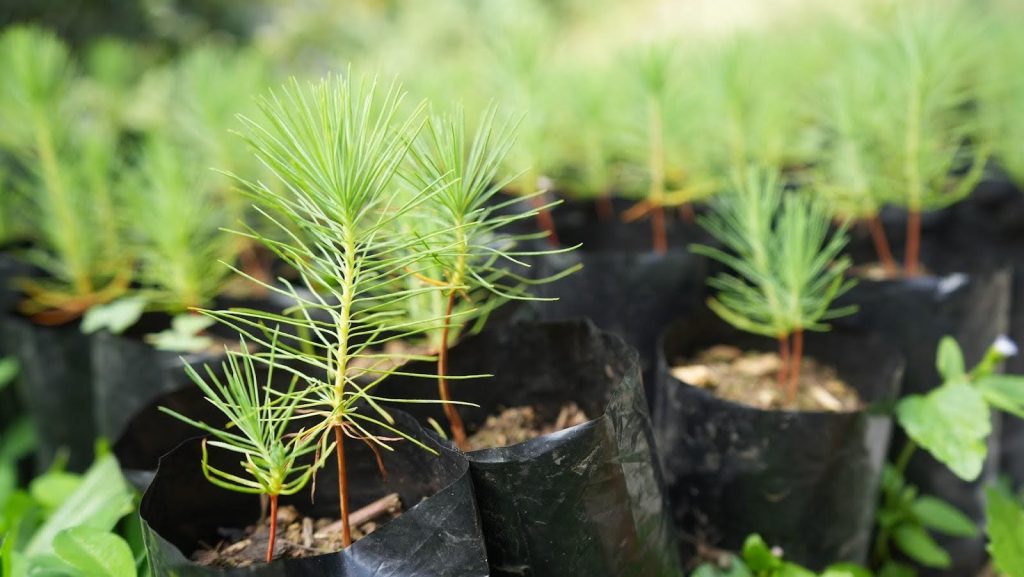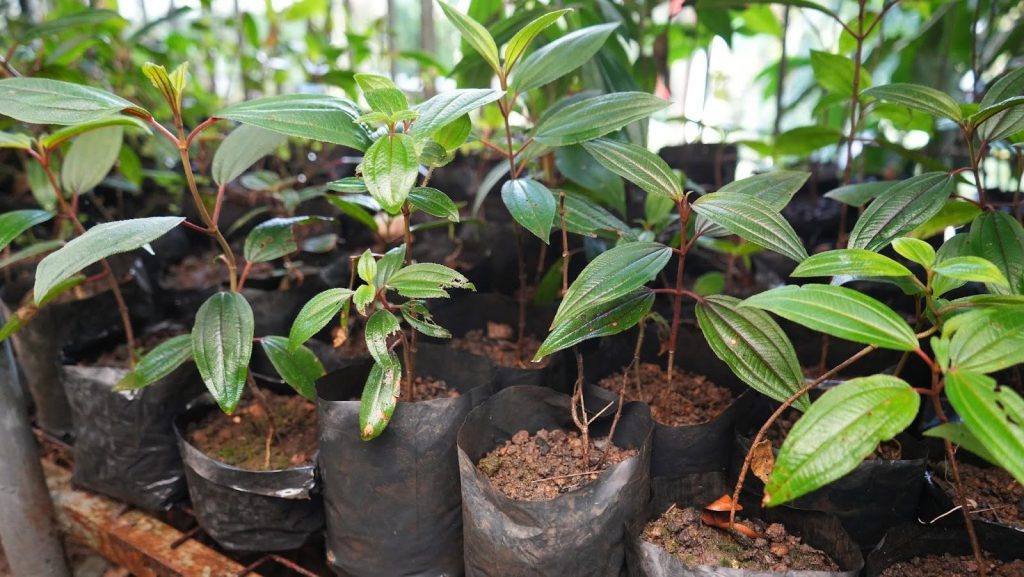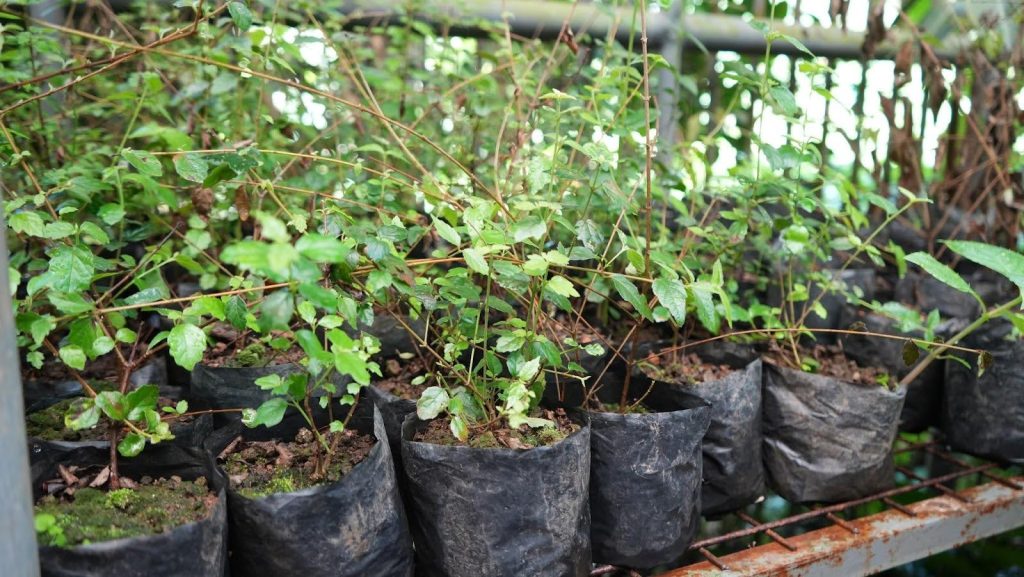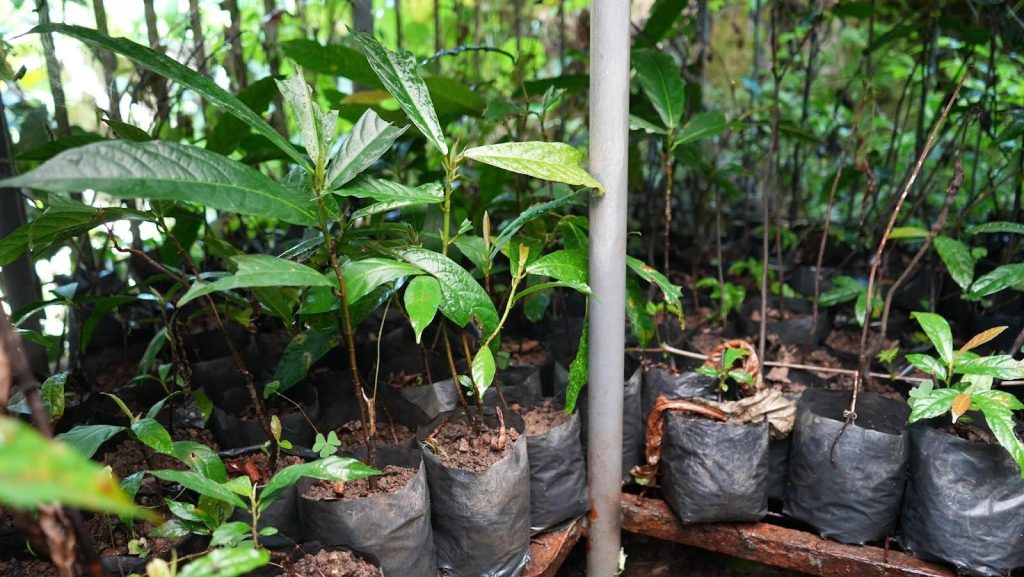Situated at the Historical Core right behind the Bell Amphitheatre, the John Hay Management Corporation (JHMC) Nursery is an eco-conservation gem. With its commitment to the conservation of the Camp’s very own biodiversity, the nursery propagates with pride a number of native species. These plants not only maintain ecological balance but also sum up the old Cordillera.
The JHMC Nursery, faithfully attended and led by Forester Peter Calpasi along with contracted Gardeners, is an efficient plant propagation haven as it continually supplies plants for the reforestation efforts of other agencies, public and private. Its production has already created a green canopy that extends beyond Baguio City.
Among the native plant species propagated are the following:
Benguet Pine: The Ultimate Icon
The Benguet pine (Pinus kesiya), considered by many as the heart of Baguio’s natural heritage, is the star of the JHMC Nursery with a whopping 4,000 pots. With its notable height and strength, this species is valuable in reforestation, soil erosion control, and carbon capture. Its presence guarantees that the next generations will still be able to enjoy the verdant, pine-covered, mountain-like landscape that embodies Camp John Hay.
Azalea: A Splash of Color
Azaleas, with their lovely flowers and delicate petals, bring a splash of color to the nursery’s diversity. These flowers grow healthily in Baguio’s cool weather, making them the main attractions in gardens and landscapes in parks and houses.
Melastoma (Malatungaw): The Healer
The Melastoma, known locally as malatungaw, is better than a fair face in the wild. The shrub that bears purple flowers is prized not only for its medicinal value but also for being able to live in any type of soil. This plant can treat wounds, inflammation, diarrhea, and infections.
Atilba: A Rare Treasure
Lesser-known but of great importance, Atilba is a gem in the JHMC Nursery. By growing this unusual plant, the nursery helps preserve botanical richness and ensures that even the lesser-known plants get the exposure they need. It is believed that this plant treats skin problems.
Tibig: The Water Tree
Tibig (Ficus nota), commonly called the “water tree,” is named for the fact that it flourishes in water. With the different bird species listed in various parts of the camp, their fruits, which are also their favorites, play a vital part in maintaining local communities.
A Vision for the Future
The story of the JHMC Nursery is one of resilience, hope, and the enduring bond between people and nature. Watching these native species thrive under the care of dedicated stewards serves as a reminder of our responsibility to protect and nurture the environment. Every seedling of Benguet pine, azalea, melastoma, atilba, and tibig is a step toward a greener, brighter future.
At present, JHMC’s proactive involvement in tree planting and clean-up activities is in perfect harmony with the propagation of native species.
Benguet Pine: The Ultimate Icon

Azalea: A Splash of Color

Melastoma (Malatungaw): The Healer

Tibig: The Water Tree







